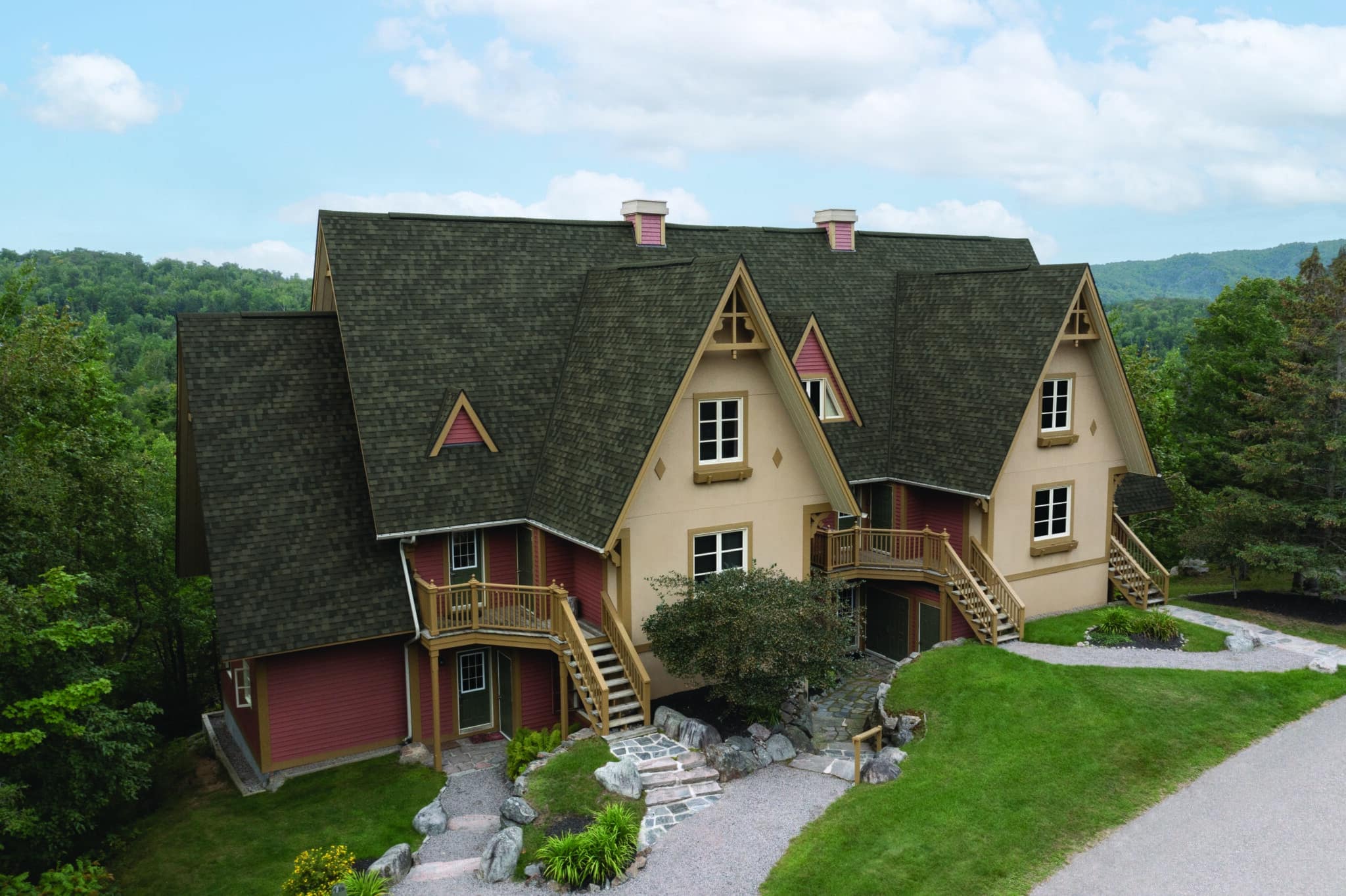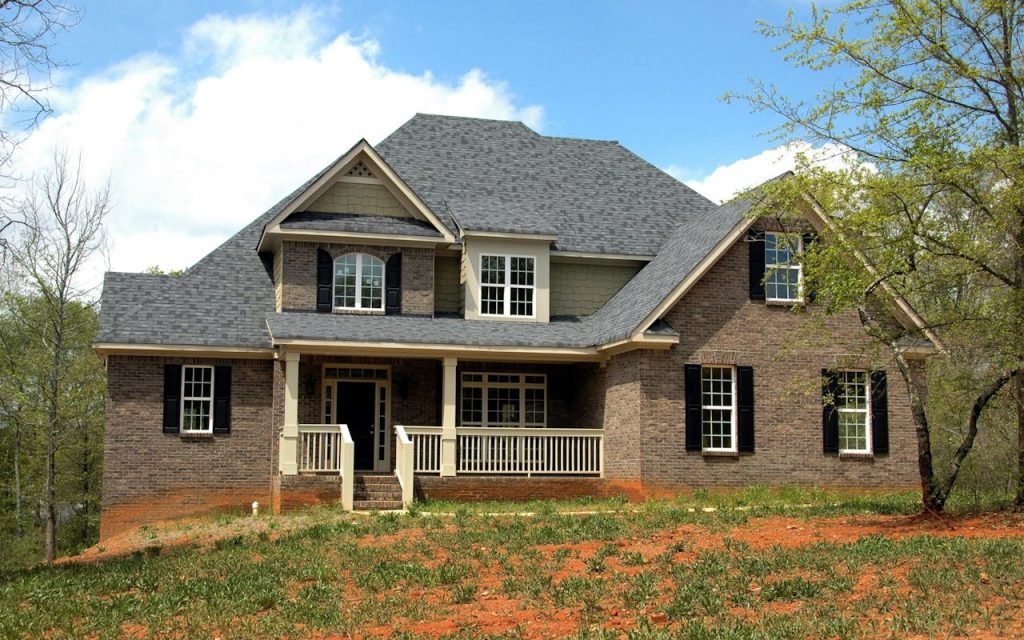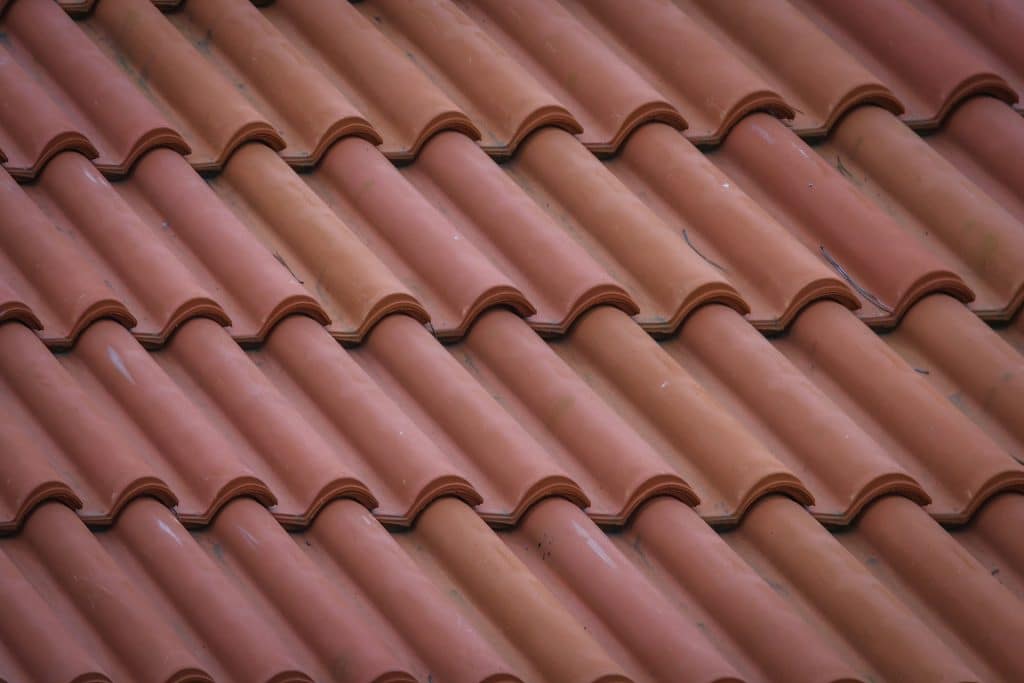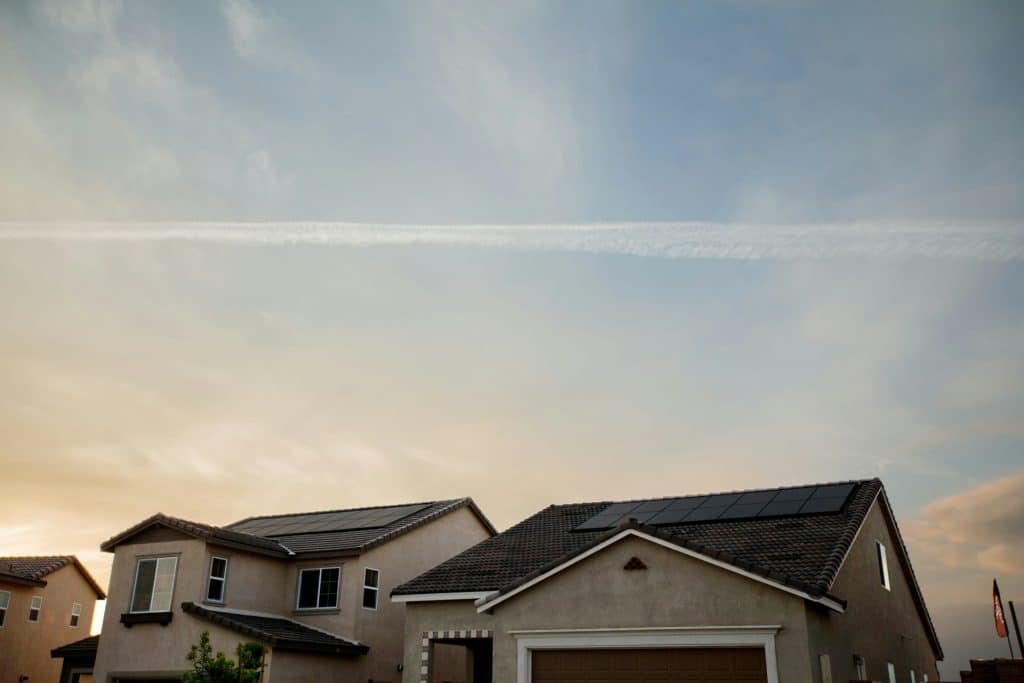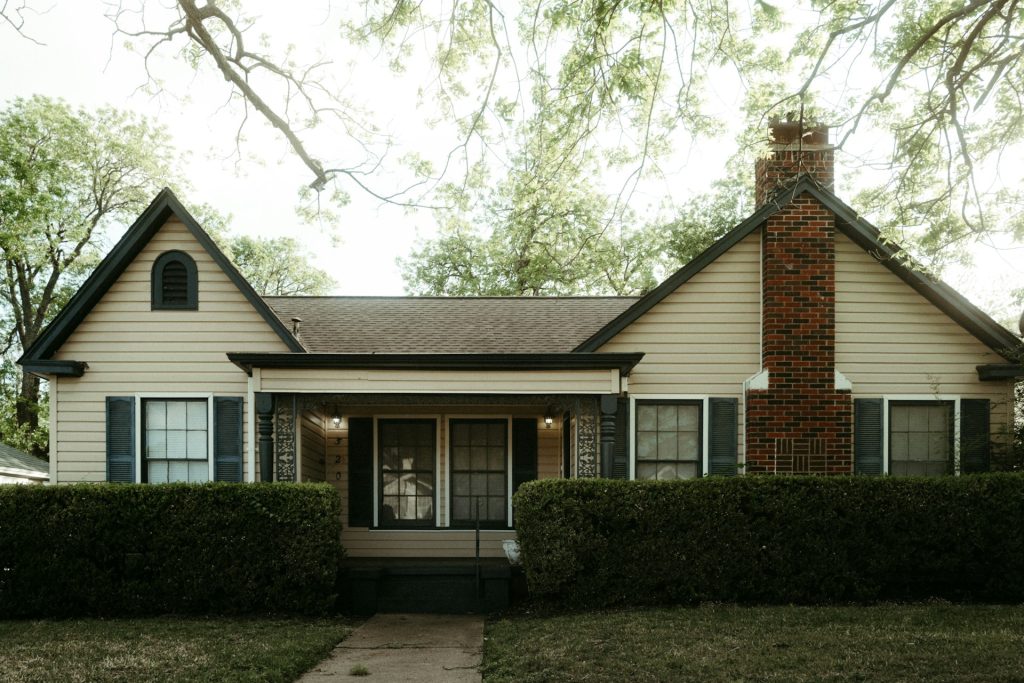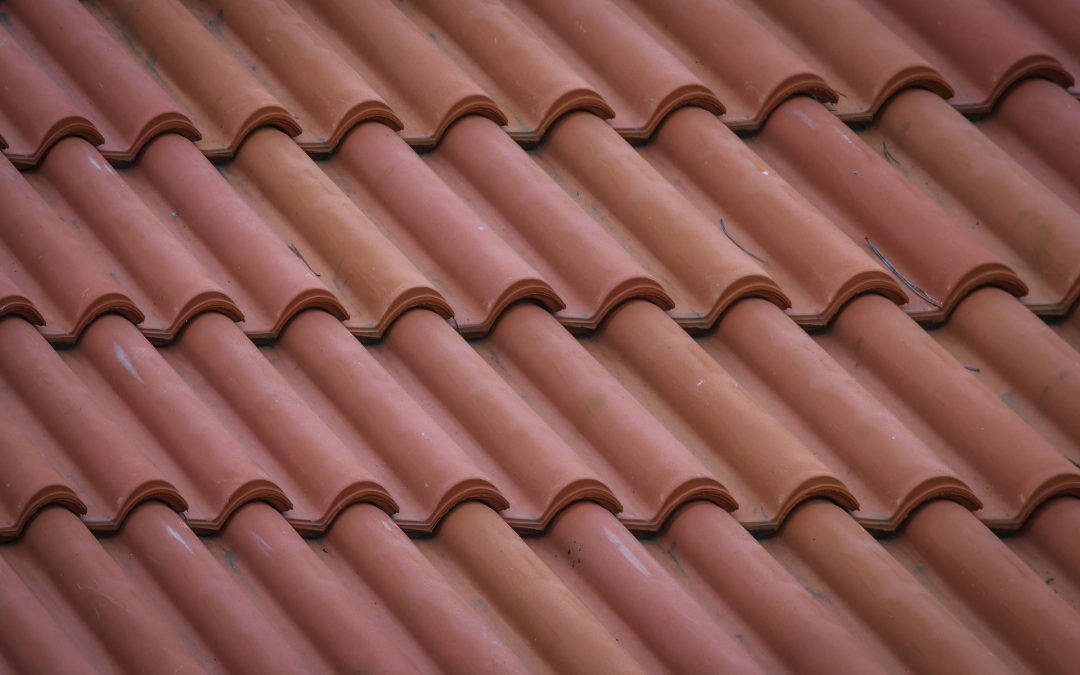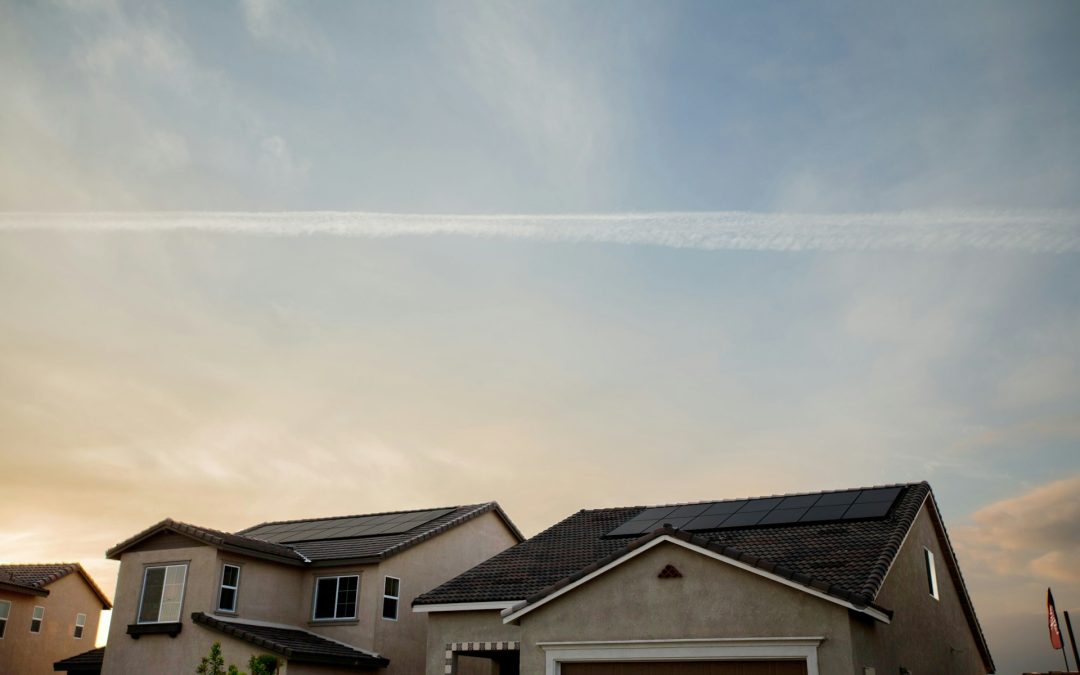How Changes in the Roofing Industry Affect You
Like all industries, the roofing industry is constantly evolving to create better products and services that meet our ever-changing needs. And we should know.
We’ve seen firsthand how much the roofing industry has changed. However, if you’re a homeowner getting your first new roof in 15 years (or ever!), you may feel out of the loop. You want what’s best for your home, which means making the right choice for your roof. However, as things change and new roofing products are introduced, the right choice can be hard to nail down.
To help guide you through the new and exciting world of roofing, we’re taking you through ways the roofing industry has changed and certain roofing trends that have emerged in recent years.
Performance Is In:
One of the most significant changes in the roofing industry has been the shift from your basic 3-tab to architectural and performance shingles. For a long time, 3-tab shingles dominated the market because they were, for all intents and purposes, all most homeowners needed. They were reasonably tough and durable, and met the standards of their day.
But standards have changed. Weather patterns have become increasingly unpredictable, bringing harsher storms and higher winds. To combat this, homeowners are looking for new roofing products that are stronger and capable of withstanding more inclement weather.
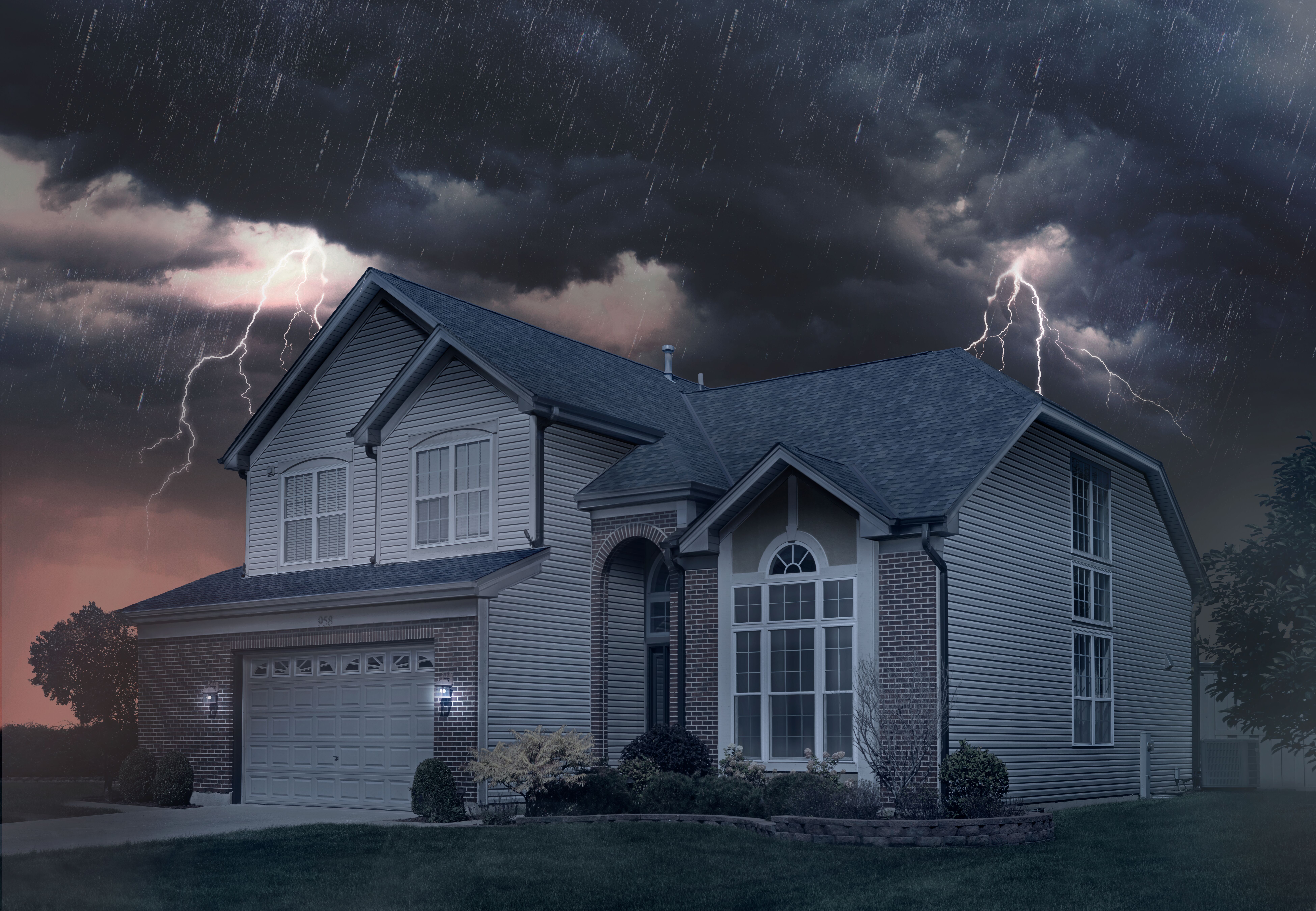
Nowadays, what’s in is wind resistance, sealant strength, ice and water protection, and heavy-duty products designed to go the distance and handle whatever Mother Nature decides to throw at them. Homeowners want tried, true and tested products, like our Dynasty Performance shingles, which are engineered to withstand harsh winds and have a Limited Wind Warranty of up to 130 mph (210 km/h).
Impact Resistance Is Coming in Strong
One performance feature that has been making serious headway in the roofing industry is impact resistance. Our Nordic Performance shingles are engineered with a special Polymer-Modified Asphalt, which acts like a shock absorber and have earned a Class 4 Impact Resistance Rating, the highest you can get. Interest in impact-resistance shingles is continuously growing due to their ability to better withstand the elements and help minimize damage which may result in leaks and costly repairs. The Class 4 impact resistance rating is not a guarantee of performance, and damage from hail is not covered under IKO’s limited warranty, but some insurance companies will offer a discount on home insurance premiums when roofing with shingles with a Class 4 Impact Resistance Rating, like our Nordic line.
Exploring Color:
There have been exciting advancements in the world of shingle color. Thanks to new roofing technology (and a little IKO innovation), shingles now come in various beautiful and vibrant HD color blends. This has allowed people to fully utilize their roofs to express their home’s unique style and personality.
Today’s homeowners are moving away from classic monochromatic colors in favor of something bolder and more exciting. While blacks, browns and greys remain popular colors, people have begun exploring different hues and shades, like our Summit Grey or Driftshake, to stand out and add a personal touch to their roof. Contrasting colors are also gaining popularity in the residential roofing industry. People looking to add depth and character to their homes often choose a shingle color that offsets the exterior color.
The biggest change in shingle color is the freedom homeowners now have to think outside the box and get a bit more creative with their roofing choices. This expansion of color has recontextualized the part your roof plays in the look and feel of your home, and homeowners are taking advantage. If you’d like to learn more about choosing a shingle color, check out our blog, “How to Pick Roof Shingle Colors,” or browse through IKO’s shingle color collection. Then, have some fun and experiment with new looks on our ROOFViewer color visualizer.
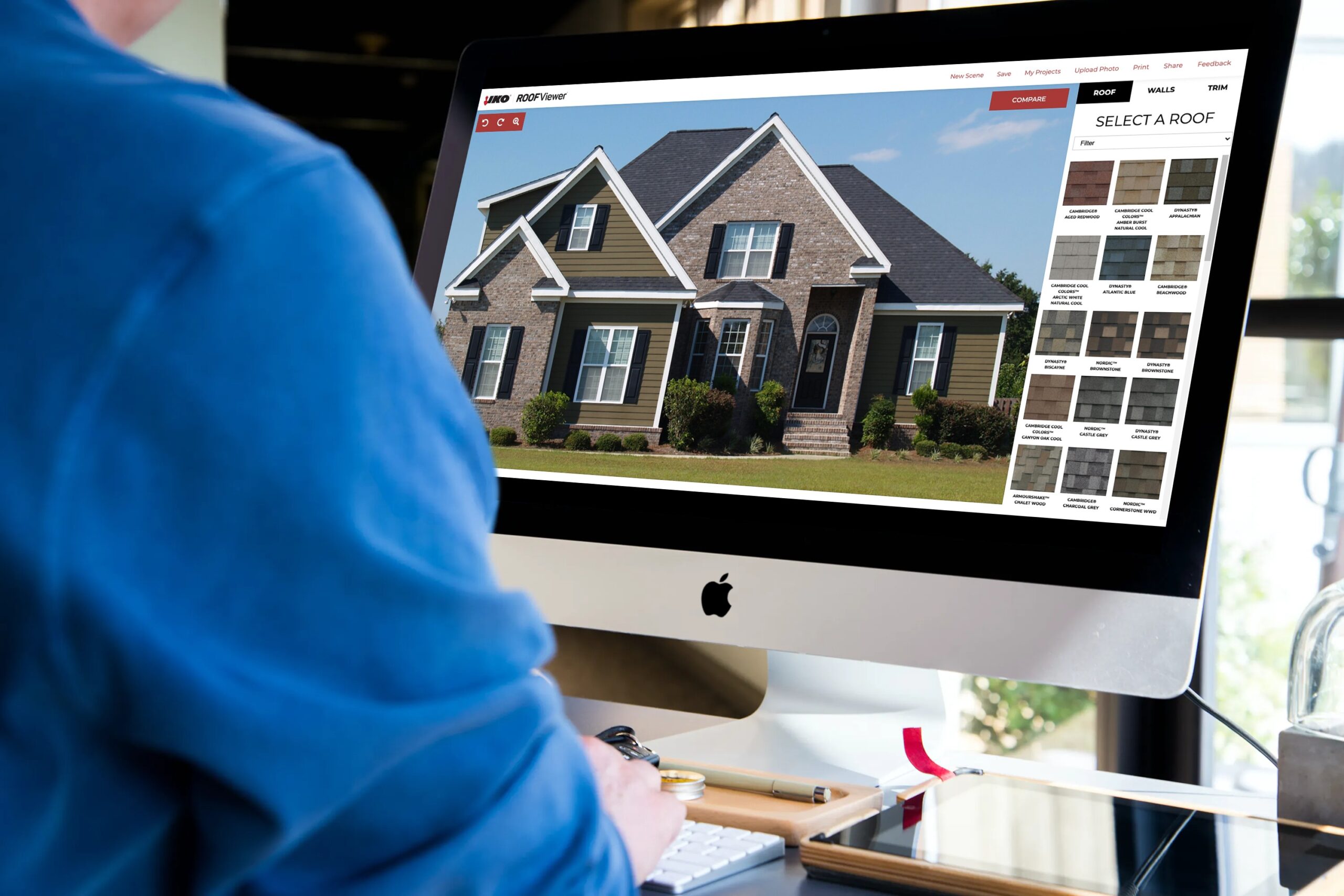
Cool Roofs:
More and more people are looking to make their homes more sustainable and energy-efficient, leading to the growth of cool roofs and colors. Cool roofs are roofing systems designed to absorb less solar energy, helping to reduce your home’s internal temperature and potentially reducing energy consumption. Cool roofs can come in many forms, but the ones sparking interest among homeowners are cool colors.
Cool colors, like our Cambridge Cool Color Plus series, are specially designed shingles that actively reflect the sun’s rays using infrared-reflective pigments. With our Cambridge Cool Colors, you can boost your roof’s reflectivity and transmit less heat into your home. Cool Colors are only available in select U.S. markets, specifically in the hotter climates where they are increasingly popular because they are less expensive and easier to maintain than solar or green roofs and aren’t limited to light colors.
While cool colors may be an intriguing option for the more environmentally conscious, where you live should factor heavily into your decision. Unless you live in an area with intense sun, you may not reap the full rewards and might be better off choosing a performance shingle in a lighter color.
Roofs Are Becoming More Intricate:
To understand, we first need to talk about roof pitch. Roof pitch is the slope of your roof. It’s calculated by measuring how many feet your roof rises vertically for every 12 feet it extends horizontally. For example, a roof with a 6/12 pitch will rise 6 feet up for every 12 feet across. With us so far?
In the residential roofing industry, roof pitches have changed over the years to match the popular styles of the era, being as high as 12/12 in the ‘60s to as low as 2/12 in the ‘70s and ‘80s. Today’s roofs are far more complex. New-build roofs are more geometric and less uniform, so we’re seeing more peaks, valleys, hips and ridges.
Impact of Steeper and Multiple Roof Pitches on Your Home
We’re also seeing steeper pitches and multiple pitches on the same roof. That means your roof’s central section (front and back) may have a 12/12 pitch, but the hips (the sides) may have a 6/12. This may even change again depending on the complexity of the design.
What does this mean for you? Well, first off, steep roofs display shingles differently, which affects how they look. You may see a shingle you like on one house only to realize it doesn’t look the same on yours after the job is done. Also, reroofing a home with multiple levels and angles takes more time, effort and material, which will increase costs.
The More You Know:
One of the biggest changes in the roofing industry has been your role in the process. Before, roofing was left to the roofers. A contractor would come, they’d install, and they’d go, with the homeowner rarely getting involved. That is no longer the case.
The internet has brought a world of information to our fingertips. Type “roofing” or “new roofing products” into Google, and you’re instantly connected to photos, articles, reviews and even DIY videos that can teach you everything you need to know. But, like all changes, there are some growing pains.

Information:
Let’s start with the good. Homeowners are more knowledgeable about the roofing industry than ever. They research products, read reviews, compare costs and have a better idea of what they want and what they don’t. This has encouraged them to get more involved in the process, which is good. Getting a new roof is a large investment and one that shouldn’t be taken lightly. Getting more involved in the process will ensure you get a high-quality roof you can trust and reveal choices you didn’t even know you had.
Our Roofing Industry Outlook:
The roofing world certainly has undergone some exciting new changes in recent years. But this is only the beginning. We at IKO are constantly innovating to provide better products and new roofing materials that will elevate the standard of roofing even further. So, it doesn’t matter what the weather tomorrow brings. To us, the future is looking bright.

